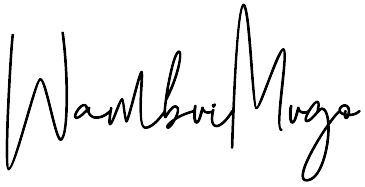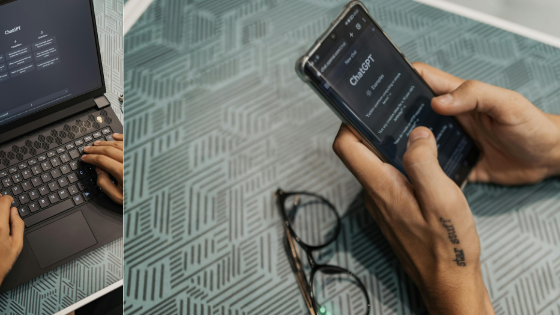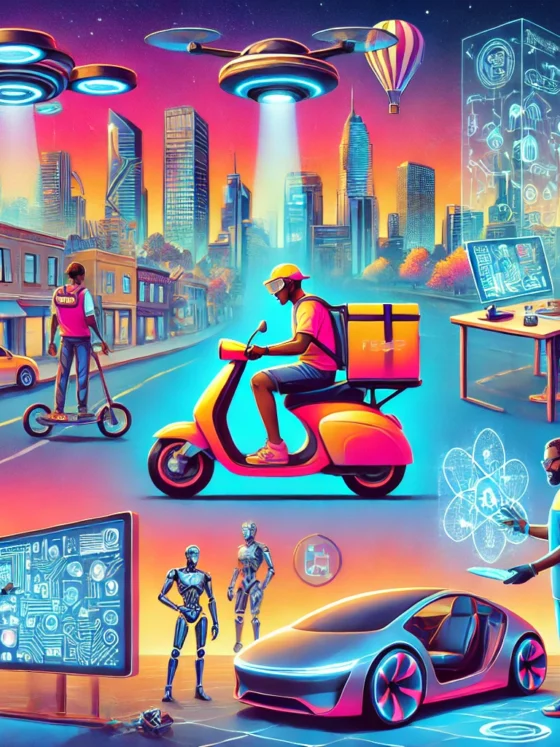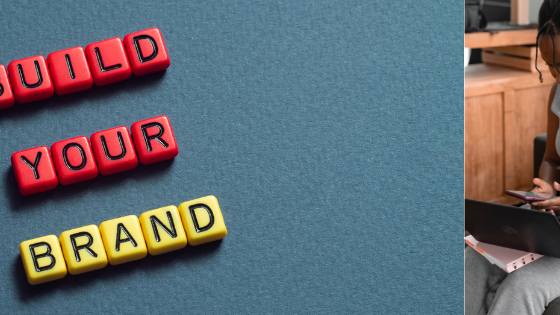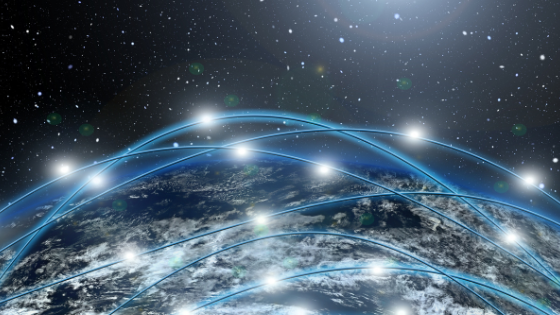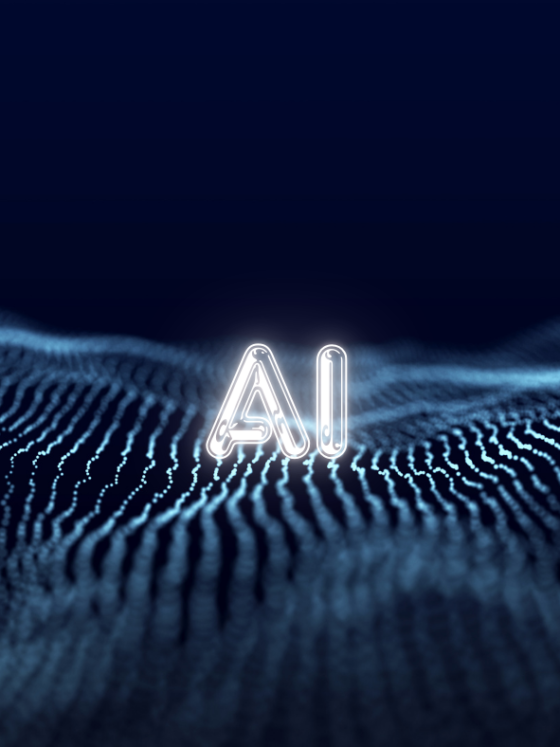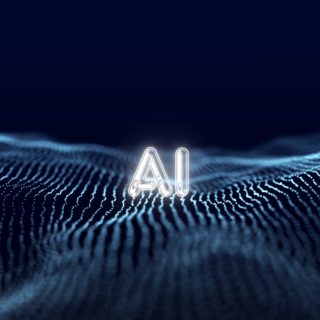Is AI the Future or the End of Human Creativity?
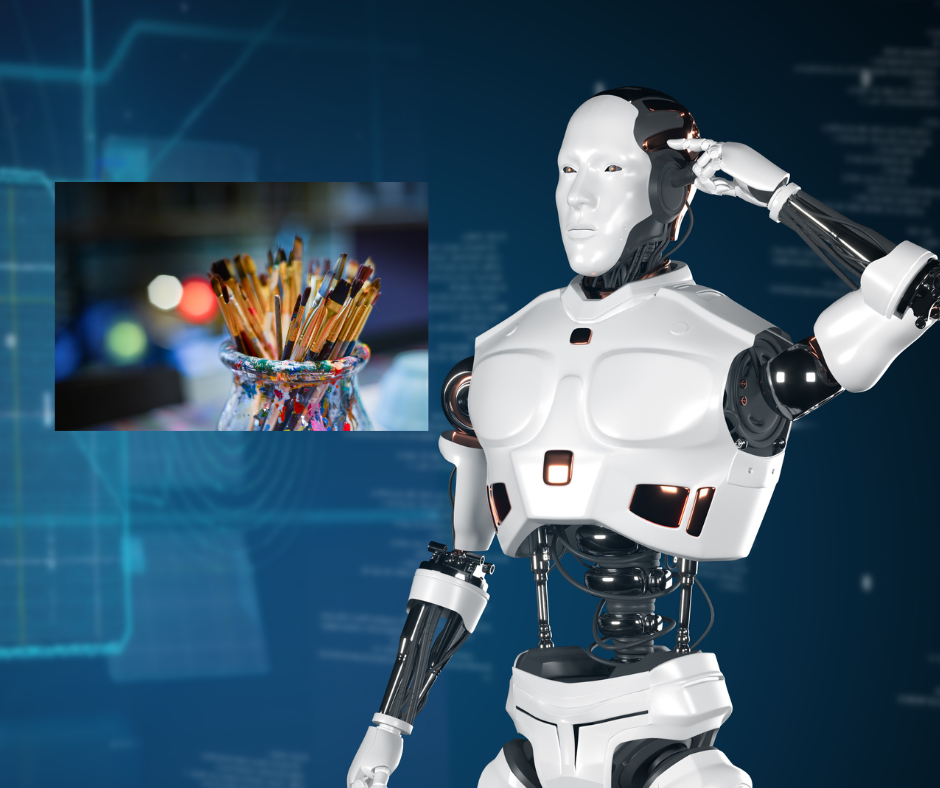
The rise of artificial intelligence (AI) has sparked a heated debate: is AI going to improve our creativity or will it eventually replace it?
For freelancers in creative fields, this question isn’t just theoretical—it’s personal.
You know the common phrase”Airplanes crush when pilots outsource thinking to machines.” If by any chance, auto-flight systems shut off, the pilot has to stop being a manager and be an active participant in flying the plane.
Same case applies to AI. We can’t fear that “machines” will take over. What we should be afraid of is becoming so reliant on “machines” that when they fail, we can’t take control.
AI can handle complex data and generate impressive outputs, but it doesn’t have the human touch. No emotions and experiences, and it’s not a strategist. You still have to think.
The real question is: with AI as your intern, how do you get the most out of it?
Human Creativity
Human creativity is an incredible gift that AI just can’t match. It’s our unique ability to come up with fresh ideas and tackle problems in imaginative ways.
This spark of creativity drives innovation and keeps pushing the boundaries of what’s possible.
We think outside the box and find solutions that machines might miss. It’s also how we express who we are, shaping our culture and identity through art, music, and stories.
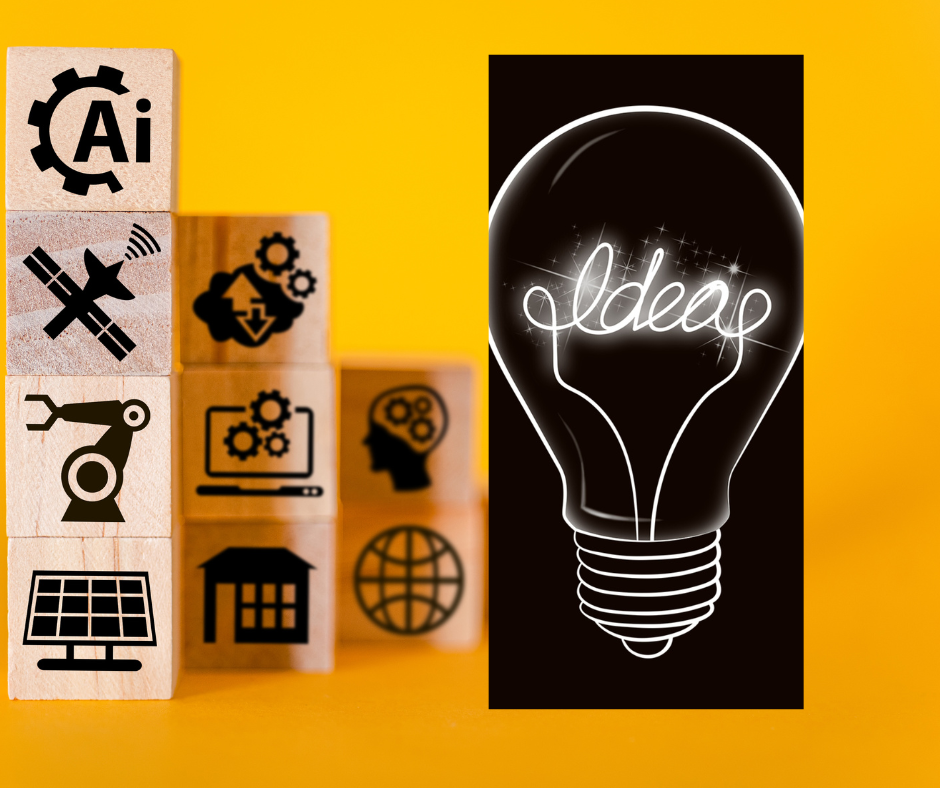
But let’s be real—human creativity has its limits. We’re influenced by our personal experiences and biases, which can sometimes narrow our perspective.
Our brains have a cap on how much we can handle at once, and we need rest to stay sharp. Physical and emotional limits also play a role, affecting how we create and perceive the world. Despite these challenges, our ability to blend ideas and experiences in unique ways remains something only humans can do.
AI: The Ultimate Assistant, Not the Mastermind
AI is your super-smart organized friend who helps you stay on track.
Sure, AI can generate art, write articles, and even compose music, but, and it’s a big but, AI doesn’t understand the why behind what it’s doing.
AI is great at processing vast amounts of data and spitting out results based on patterns. However, the spark of human creativity comes from lived experiences, emotions, and that unique perspective only you can offer.
Take AI in design, for instance. Adobe’s tools can now suggest color palettes and even edit photos with a few clicks. Sounds like magic, right?
But here’s the thing: the magic that makes your work truly yours—your creativity, strategy, and your ability to connect the dots in unexpected ways, is something no algorithm can replicate.
Real-Life AI: The Good, The Bad, and The Ugly
AI is already all around us, quietly making things easier—sometimes in ways we don’t even notice.
Grammarly, for example, is a lifesaver for catching those hard-to-see typos and helping with sentence structure. But, when it comes to nailing the tone or adding a personal touch? That’s all you.
AI writing tools are getting pretty good. You can input a few keywords and out comes a polished article, social media post, or even a short story.
But here’s the catch—AI doesn’t know your audience like you do. It doesn’t understand cultural nuances, humor, or the subtlety of wordplay.
“AI can’t capture the essence of your unique voice, your humor, or that relatable example that makes your content click with readers.”
Adobe’s Creative Cloud uses AI to suggest design elements and color schemes, making the design process more efficient. But it doesn’t take away the designer’s role in making the final decisions. Similarly, Jasper.ai can help writers generate content ideas and even draft pieces, but the writer still has to fine-tune the output to match their style and voice.
In photography, tools like Photoshop Express can automatically enhance images, but it’s the photographer’s vision that determines the final look. AI might handle mundane tasks, but the creative direction is still very much human.
And what about music? AI tools like AIVA can compose music in a flash, but it’s still up to human musicians to put their soul into the piece. AI can follow patterns, but it doesn’t know what it feels like to write a song about falling in love or dealing with heartbreak.
The Future: A Partnership Between Humans and AI
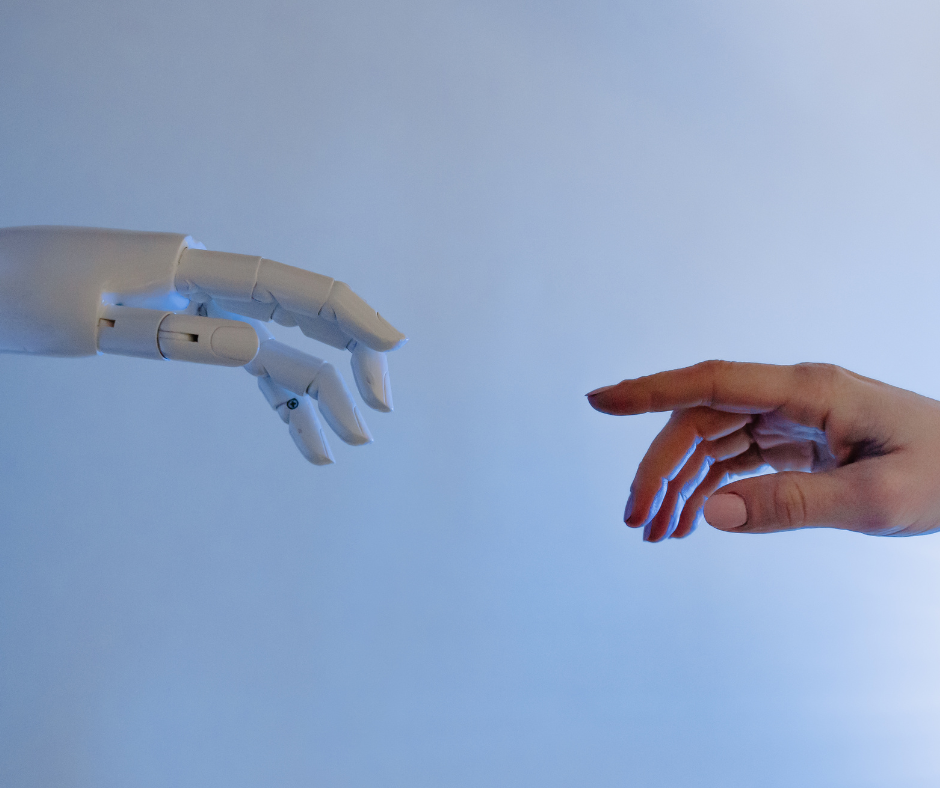
Looking ahead, AI is set to become an even more powerful tool, and that’s something to be genuinely excited about.
Think of AI as an extra pair of hands that never tire—perfect for handling repetitive tasks and freeing up your time to innovate and experiment.
It’s like having a tireless assistant that helps streamline your workflow, but it still relies on your direction and creativity to deliver truly impactful results.
As technology evolves, the most successful freelancers will be those who can seamlessly add AI into their processes without compromising the importance of their unique vision.
The key is to use AI to handle the routine and data-driven aspects, while you bring the originality and personal touch that make your work stand out.
Embracing this partnership allows you to push boundaries, explore new ideas, and ultimately create more meaningful and innovative work.
Using AI Without Losing Your Creativity
Let’s wrap this up with some practical tips:
-
- Stay informed: Keep up with the latest AI tools and trends in your industry. The more you know, the better you can leverage AI to your advantage.
-
- Integrate, Don’t Replace: Use AI for repetitive tasks and brainstorming but not to replace your creative input. Your unique perspective is what sets you apart.
-
- Be Transparent: Be open with clients about the use of AI in your work. This builds trust and helps them understand the value you bring.
-
- Keep Developing Your Skills: As AI evolves, so should your skills. Stay adaptable and continue honing the creative abilities that AI can’t replicate. Explore the Freelance Mastery Hub for AI courses that will keep you stay ahead of the competition.
AI—Friend, Not Foe
So, is AI the future of creativity? Absolutely. But is it the end of human creativity? Not by a long shot.
AI is here to help us, not replace us. It’s a tool, not a threat.
As a copywriter, AI has removed writing shitty first drafts from my to-do list.
Now all I have to do:
- Give it some oomph.
- Personalize, add emotion and voice.
- Remove the parts that aren’t compelling.
- Format for readability and revise the tone.
- Layer it with social proof.
Ready to Mix Creativity with AI?
Head on to our Freelance Mastery Hub and discover practical resources and tools to harness the power of AI to boost your freelance work.
